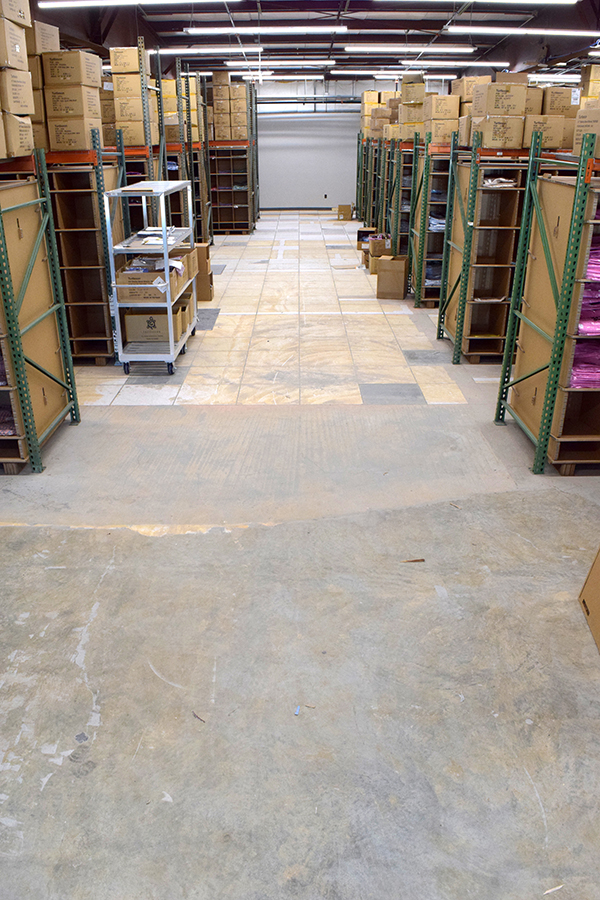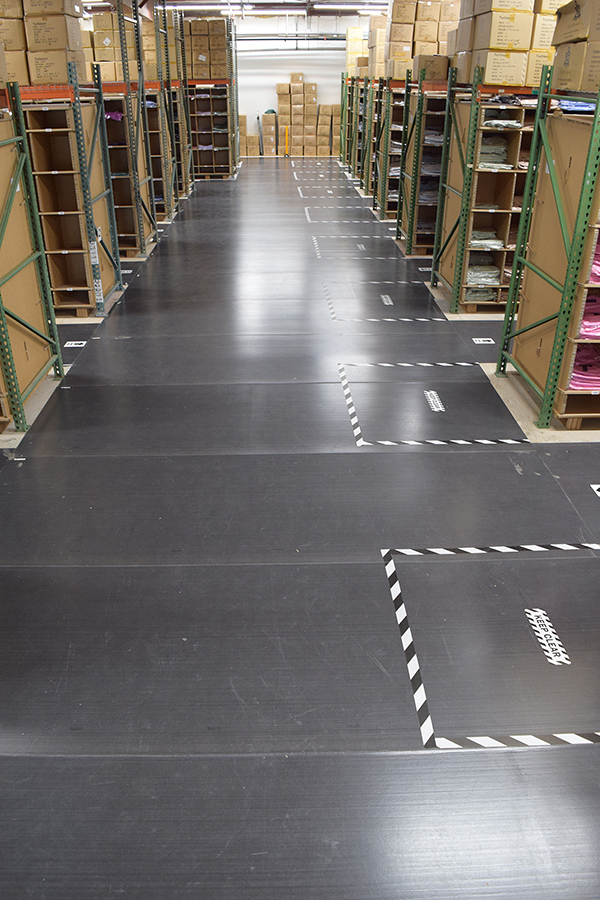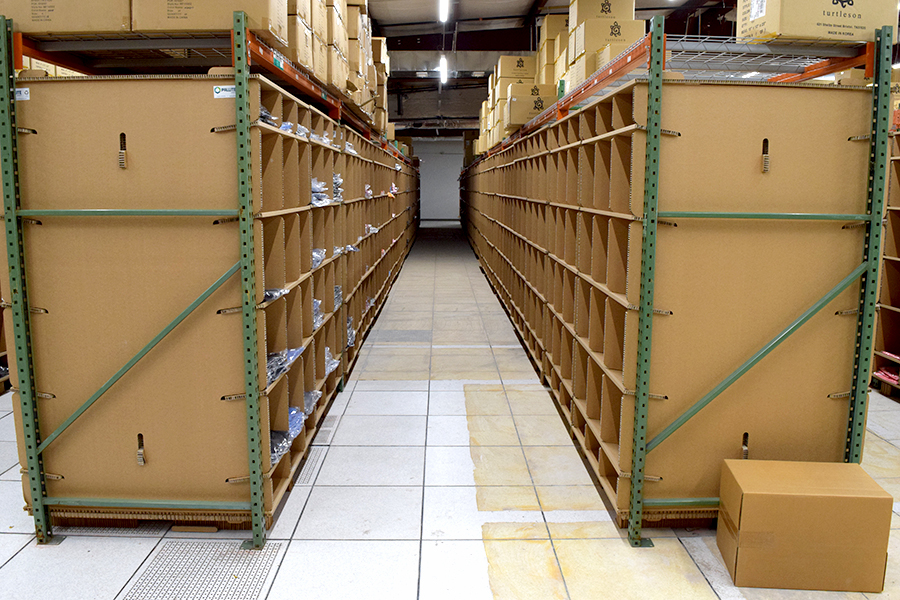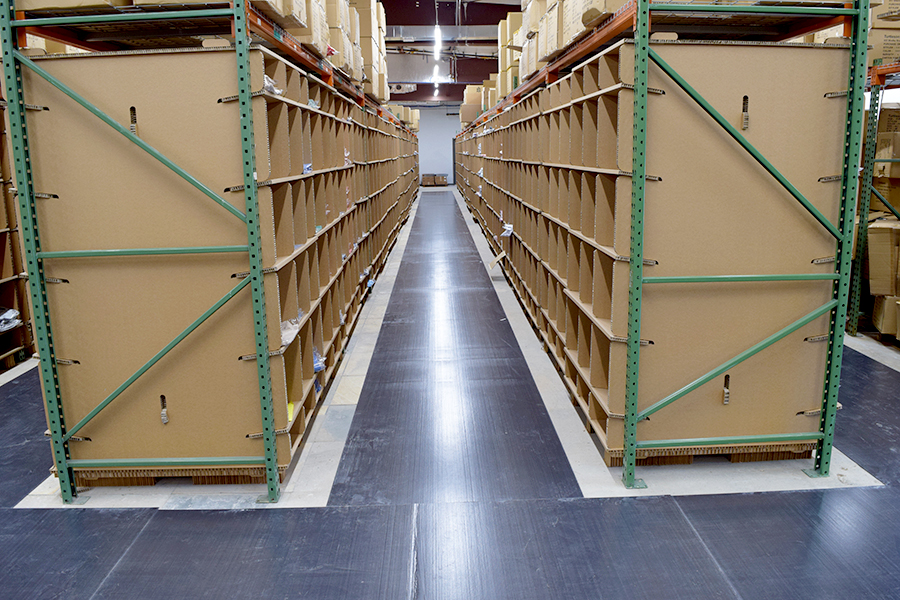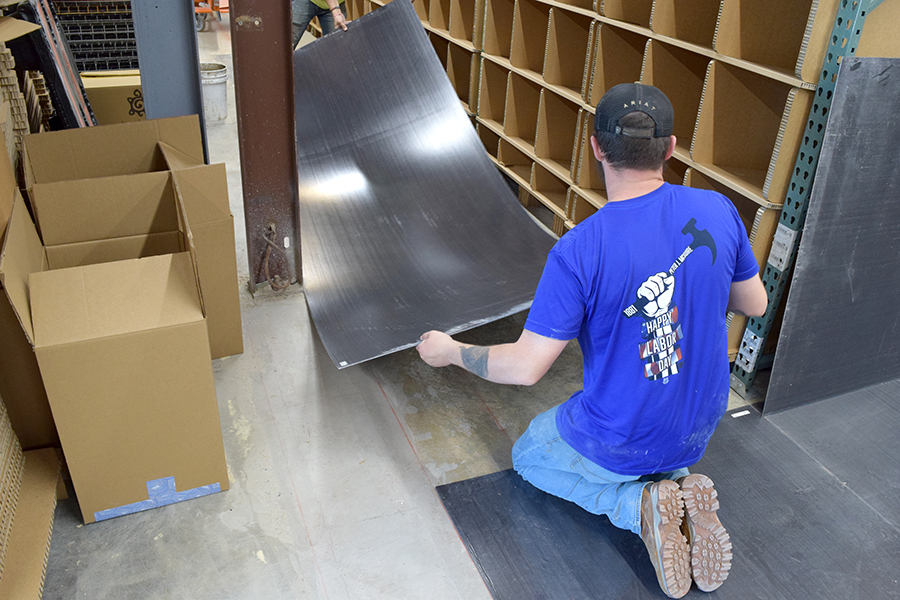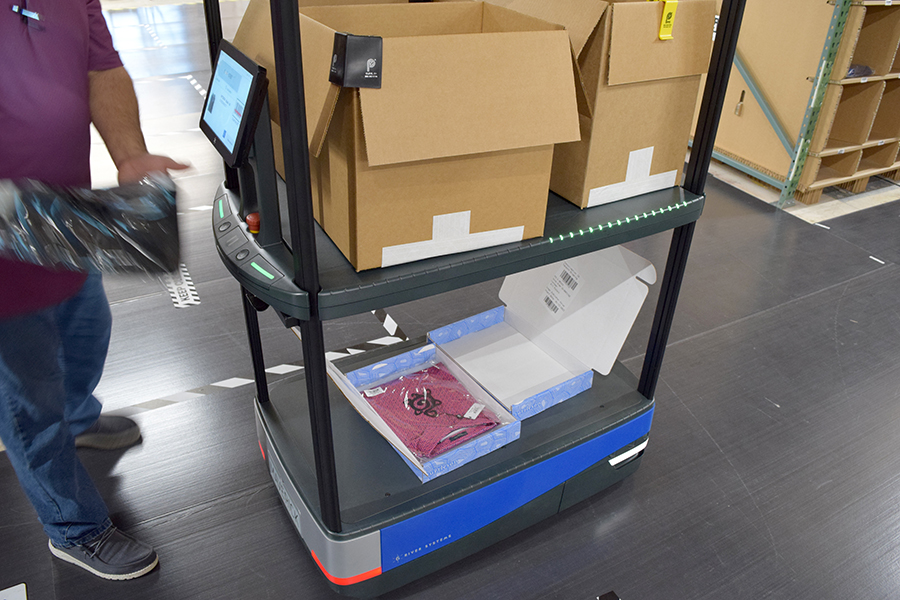FRP Plate Simplifies Robotic Path
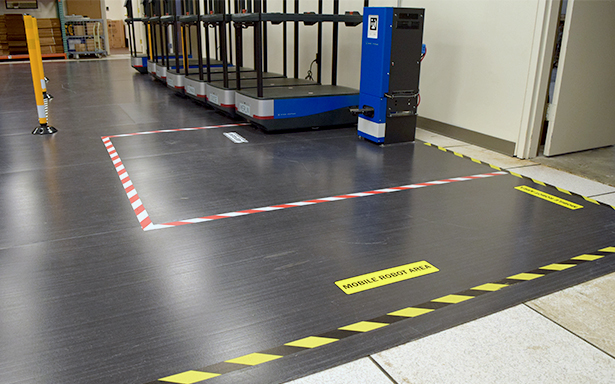
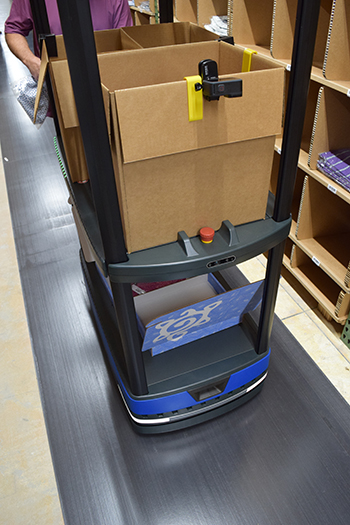
As the demands on distribution warehouses continue to grow, so does the dependence upon warehouse operators to manage order fulfillment through new processes. In most instances, indirect and direct fulfillment costs may run from 50-60% of the total cost per order.
That was the case at a clothing warehouse distribution facility located in Bristol, Tennessee. It recently expanded its base of operations through the renovation of a larger commercial building. With its expansion plans in place, phase one was to increase distribution capacity.
To assist with this process, the owner/operators of this facility looked at upgrading order fulfillment processes through the use of mobile robots.
Specifically, the company sought to use autonomous mobile robots (AMRs). These types of robots use sensors, artificial intelligence, and software to intelligently move around without human intervention. These particular robots were designed to aid in accurate and efficient order fulfillment.
| TECHNICAL DATA |
|---|
| Product: Warehouse Robot Path Flooring Plate |
| Process: Pultrusion |
Materials & Sizes: EXTREN® Structural Shapes:
|
| For & User: A clothing warehouse distribution facility in Bristol, TN |
To accommodate the AMRs, the facility needed to upgrade its flooring to be compatible with the robot’s sensors and electronic equipment. The flooring material needed to be at least 4' in width, offer a smooth surface, and be EMI/RF transparent. A drop-in-place option over the existing subfloor was favored over a completely new floor to minimize interruptions to daily fulfillment operations. In total, over 300 panels of 1/8" EXTREN® flat sheet were supplied to the customer to meet this flooring need.
Over a period of two days, a three-member contractor team was able to lay out, fabricate, and adhere all of the flat sheet panels via silicone adhesive throughout the distribution area.
At the conclusion of the installation, the end user and the contractors were impressed by how light and easy the panels were to transport, cut to size, and install. Prior to the introduction of the robots, staff members were able to pick 3,000 - 5,000 units a week. With current staffing levels, the robots and humans can now tandemly pick 30,000 units a week.
